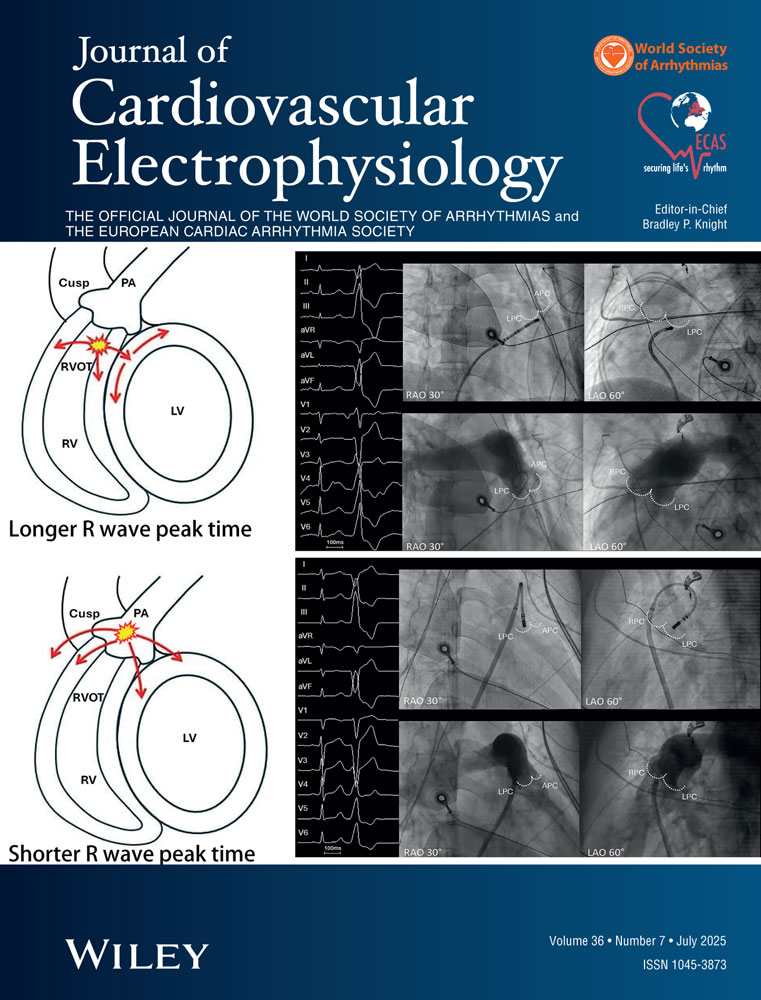Developmental Effects of d-Sotalol on Anterograde and Retrograde Atrioventricular Conduction in the Rabbit
Abstract
Developmental Electrophysiology of d-Sotalol. Introduction: These experiments investigate the developmental effects of d-sotalol on standard electrophysiologic parameters of anterograde and retrograde AV conduction in the rabbit.
Methods and Results: Using bipolar electrograms and standard pacing techniques, the effects of graded concentrations of d-sotalol on anterograde and retrograde conduction in mature and immature perfused rabbit hearts were compared. Also, a quantitative assessment of the drug's effects on a rate-dependent property of anterograde AV node (AVN) conduction, termed the “recovery process,” was compared in mature and immature rabbit hearts. The main developmental electrophysiologic findings of this investigation are: (1) in both the mature and immature rabbit heart, d-sotalol increases the anterograde conduction time and prolongs refractoriness of the AVN, yet the minimal concentrations of d-sotalol that produce these changes are lower in the neonate; (2) d-sotalol increases the anterograde refractory period of the His-Purkinje system in both age groups, but increases anterograde infra-Hisian conduction only in the neonate; (3) 1 × 10−4 M d-sotalol significantly changes the time constant of the AVN recovery process in the neonate, hut not in the adult; (4) for retrograde conduction, slow conduction through the AVN (HAmax) and infra-Hisian region (VHmax) are increased by d-sotalol in the neonate, but not in the adult.
Conclusions: The findings of this study illustrate that d-sotalol has different effects on parameters of the developing AV conduction system. This implies that there may he maturational changes in the ionic currents that are responsible for anterograde and retrograde AVN and His-Purkinje conduction.




